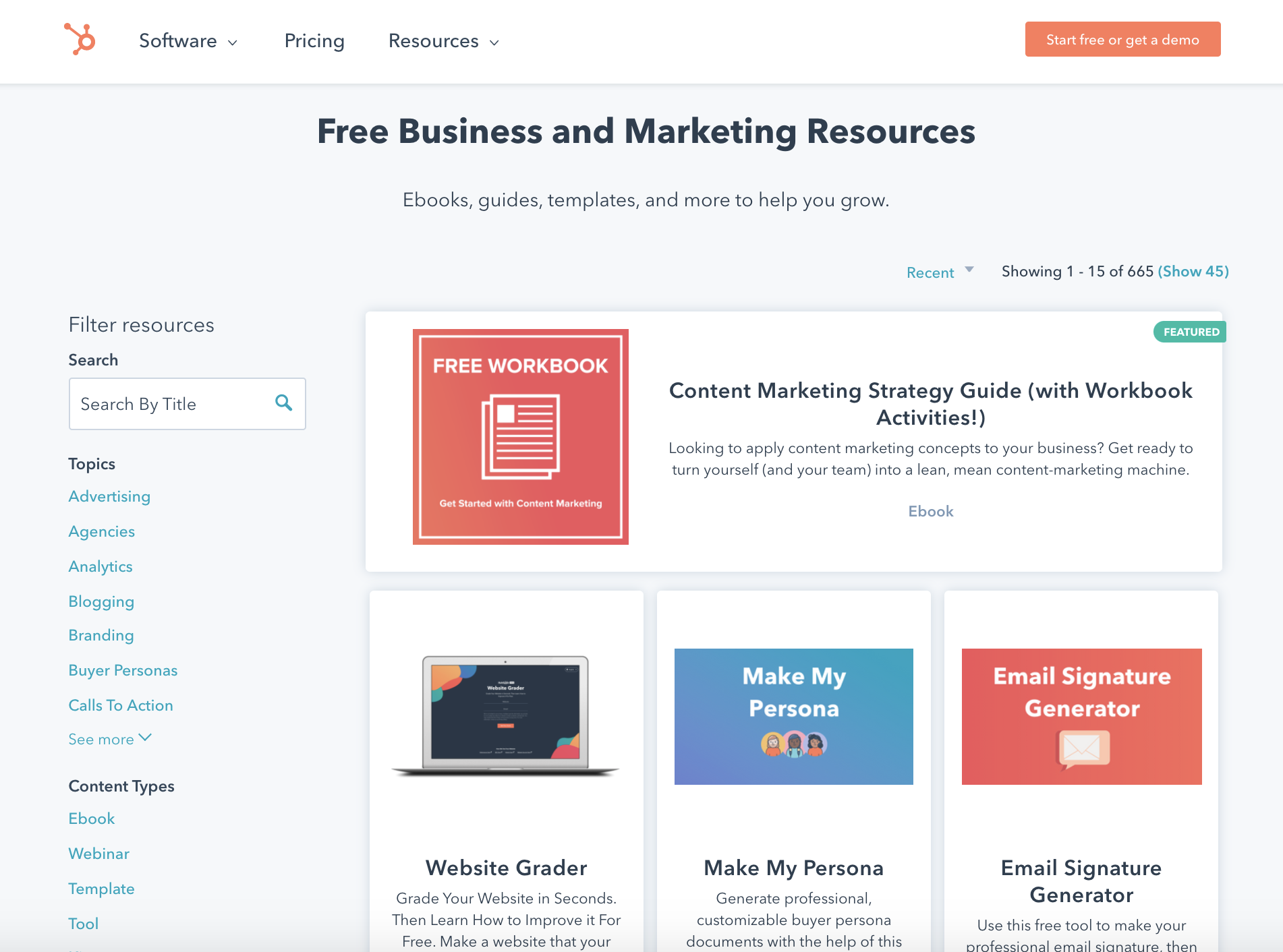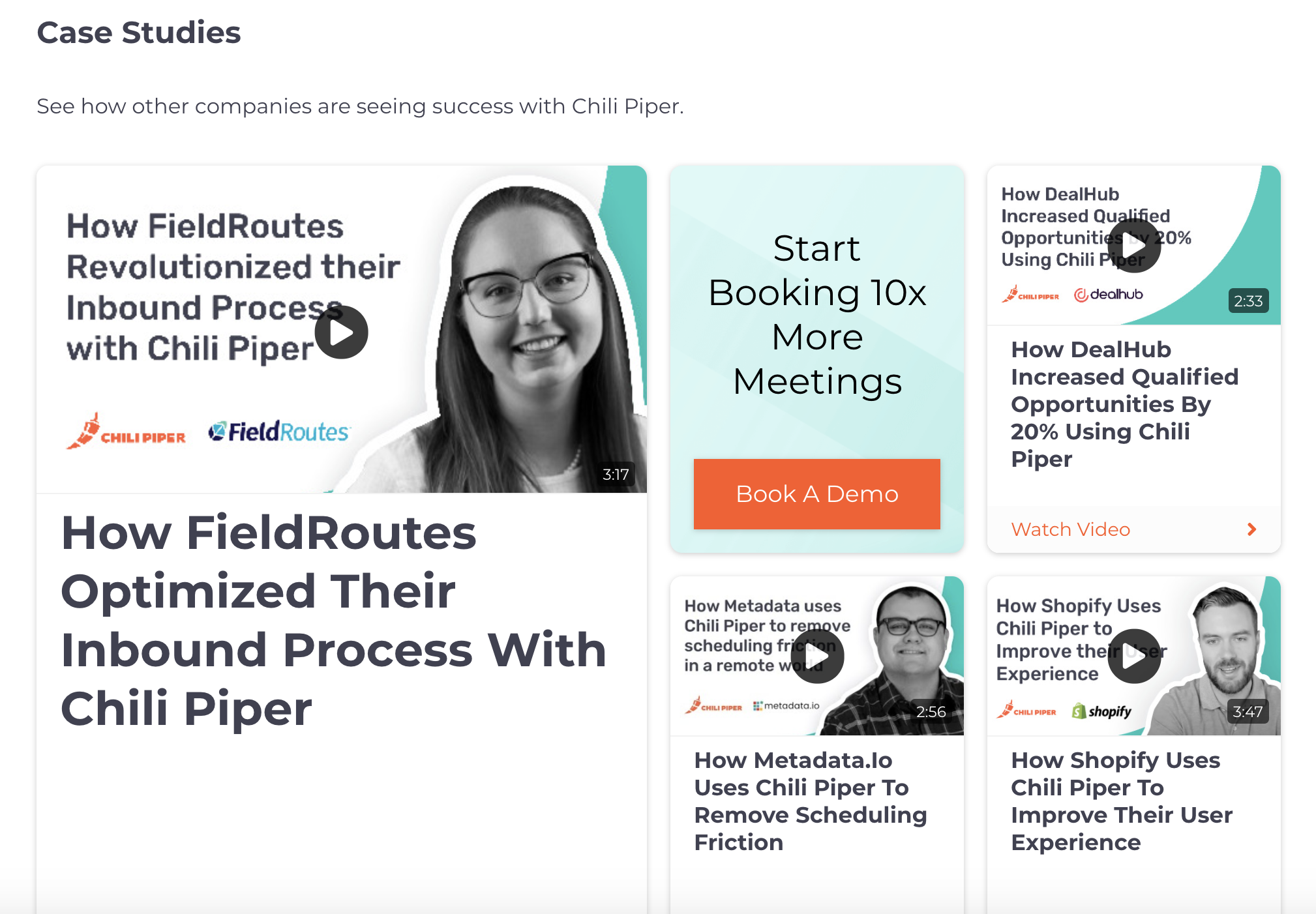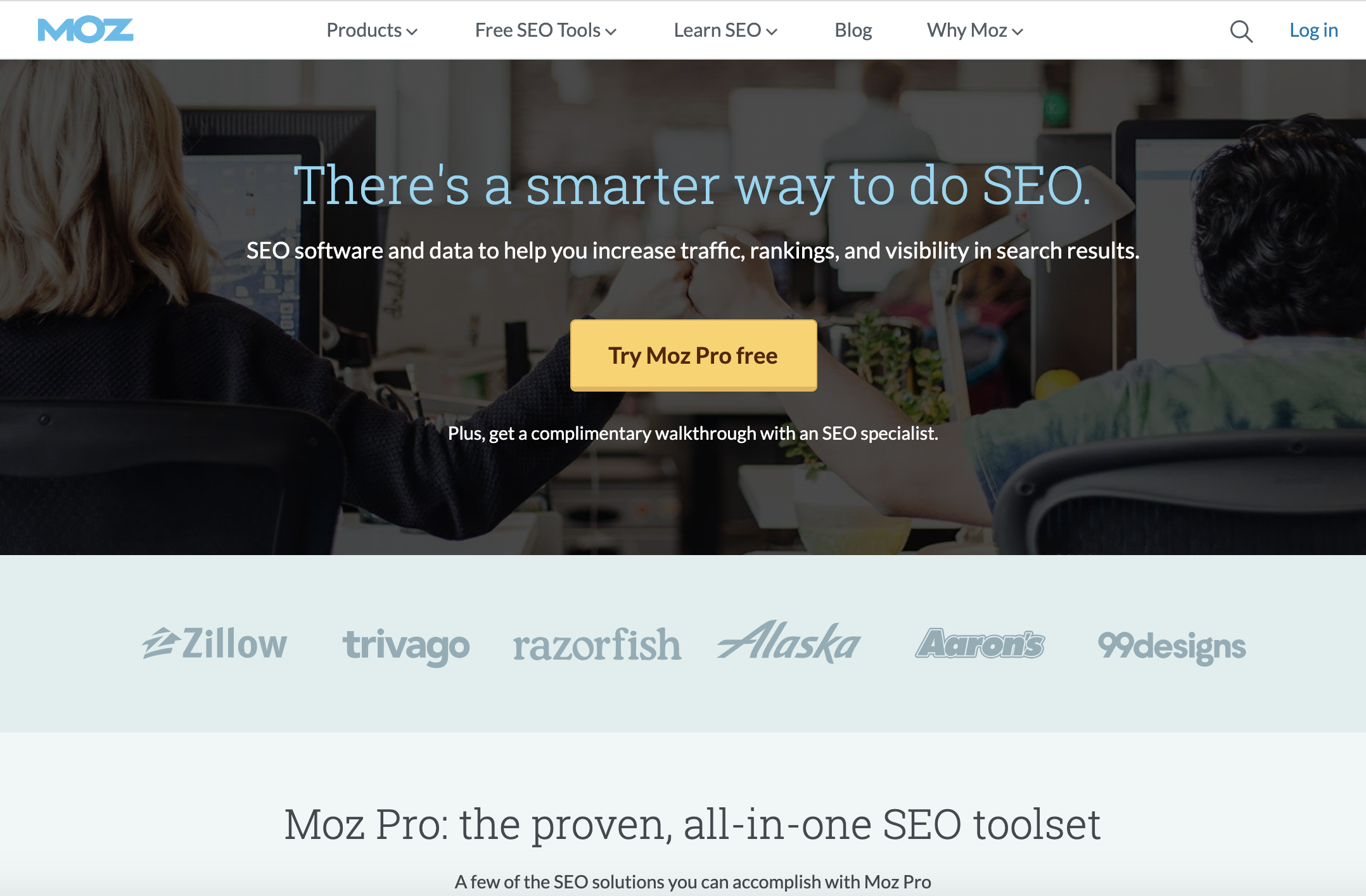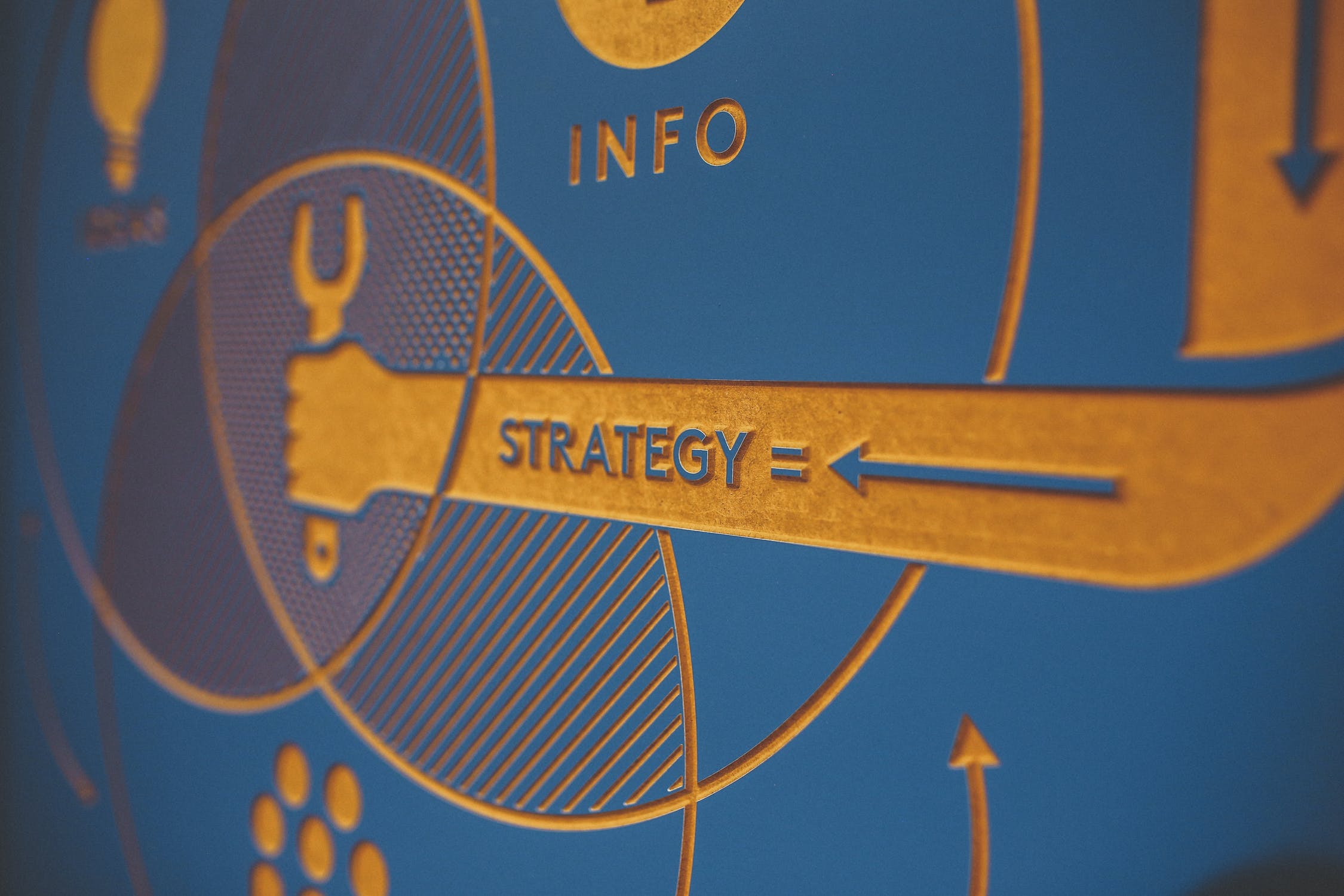It’s impossible to overstate the importance of strategy before execution in SaaS marketing. Having a clear game plan in place is an essential precursor to anything else and ensures you have an effective blueprint to follow. One of the most fundamental parts of strategy for new startups is building an airtight SaaS marketing funnel to cover the entire customer journey.
In this post, I’ll show you how to build a SaaS marketing funnel from the ground up, explain how the different stages fit together, and offer helpful tips along the way.
Stages of a SaaS Marketing Funnel
Let me start by saying there are multiple ways to construct a SaaS marketing funnel, and there is no one-size-fits-all model. Every SaaS brand’s funnel will look a little different, and it ultimately depends on what they feel is the optimal route to get someone from being a visitor to a loyal customer.
That said, there is a core model that applies to the vast majority of SaaS companies. To keep it simple, I’ll outline what I feel are the four critical stages that apply across the board.
They are:
- Awareness
- Consideration
- Conversion
- Loyalty
Here’s what that looks like visually:


Awareness
At the very top of the funnel is the awareness stage, where prospects are just learning about your SaaS company and the products you offer. “During this awareness stage, it’s commonly known that prospective clients are just experiencing symptoms of a specific problem and are trying to place a name on it,” Pathmonk writes. “Thus, these users are browsing through the internet in an attempt to figure out this issue and get a solution.”
Given there were 15,000 SaaS companies in the US alone in 2021 and new startups are being launched all the time, nailing the awareness stage is vital. Having a solid strategy in place for driving awareness is what allows you to reach your target audience so you can let them know your solution exists and that it can solve their pain point.
At this stage, you’re not concerned with making a sale or even getting a prospect to download a lead magnet like an eBook or whitepaper. You’re simply trying to get on their radar so you can begin the nurturing process. Studies have found that 96% of first-time website visitors aren’t ready to buy, so the vast majority of prospects will enter the SaaS marketing funnel at the awareness stage.
Studies have found that 96% of first-time website visitors aren’t ready to buy, so the vast majority of prospects will enter the SaaS marketing funnel at the awareness stage. Click To TweetThere are numerous ways to drive awareness, but here are some of the most effective for today’s SaaS brands:
- Blog posts
- Educational content
- Free tools
- Videos
- Infographics
- Templates
- Slideshows
- Data visualizations
- Checklists
- Research reports
- Social media content
- Paid ads
HubSpot, for example, has a robust archive of amazing content, such as free tools, templates, and testing kits that are perfect for getting on the radar of targeted prospects.


I suggest choosing a few different tactics based on what you think your audience would respond to and focusing on those initially. Then, as you gather data, you can make iterative improvements to refine the awareness stage. At the end of the day, the goal here is to put your SaaS company at the front of the minds of prospects so you’re a top contender when it’s time for them to make a purchase.
Consideration
Below awareness in the SaaS marketing funnel is the consideration stage. Here your goal is to inform prospects and increase the odds they choose your brand over a competitor. To accomplish this, you need to do five key things:
- Help prospects understand your product (what it is, how it works, features and benefits, etc.)
- Answer primary questions they have
- Differentiate your brand and product from similar brands (explain your value proposition and why your product is the best choice)
- Establish trust
- Explain why they should seriously consider buying from you
By doing so, you can shortlist your SaaS brand as a top option and make prospects feel more comfortable with the idea of buying from you. Note that prospects at this stage are still merely looking for education and information and aren’t usually ready for any aggressive promotions. So going overboard with “salesy” content can do more harm than good because it can scare prospects off — something to keep in mind as you formulate your approach.
Some effective forms of SaaS content marketing for the consideration stage include:
- Case studies
- Product comparisons
- Vendor comparisons
- Testimonials
- Reviews
- An FAQs page
Scheduling app Chili Piper, for instance, offers a variety of case studies that show prospects exactly how other companies have implemented their products and pepper in plenty of concrete data to help prospects understand the full impact.


Conversion
Also known as the “purchase” or “decision” stage, this is perhaps the most straightforward stage of all. Simply put, your objective is to encourage leads to buy your SaaS product. To accomplish this, you need to get leads to fully buy into your brand and believe you’re the right solution for their problem. The conversion stage will capitalize on the rapport and momentum you’ve built so far and seal the deal.
To maximize conversions, you need to effectively get leads “over the buying hump,” which can be done in a few different ways. Here are some core tactics I recommend:
- A free product trial
- Live demo
- Live chat, call, or video
SEO software brand Moz, for example, generously offers leads a free 30-day trial on the Pro version of their product — a strategy that’s served them well.


Keep in mind that at this point in the SaaS marketing funnel leads have already had a chance to get comfortable with your brand and have at least a basic understanding of your offerings. Therefore, it’s okay to be more aggressive with your approach to win over customers.
Loyalty
Although loyalty isn’t always included on all SaaS marketing funnels, it’s one I highly suggest adding for two main reasons. First, it’s important for ensuring a positive customer experience long-term. Given that the average SaaS churn rate is around 5%, there will inevitably be a dropoff in customers over time. However, brands that provide a great customer experience and put effort into retention can see churn rates as low as 3%. As the old adage goes, it’s cheaper and easier to keep existing customers than acquire new ones, so instilling loyalty is always a smart business move.
Second, having loyal customers sets the stage for referrals. If someone is delighted with your product and has had an amazing experience, there’s a good chance they’ll share your brand with others. And that’s huge considering referrals are 4x more likely to make a purchase and result in 16% higher profits.
So, how exactly do you incorporate the loyalty stage into your SaaS marketing funnel?
Here are some ideas:
- Follow up with customers after a set amount of time
- Get in the habit of continually engaging with them
- Create a referral program
Do these effectively and you create a virtuous cycle of deeper brand loyalty, higher retention, and quality referrals.
Creating a Successful SaaS Marketing Funnel
A common mistake new SaaS startups make is jumping straight into marketing without adequately strategizing first. But that’s a recipe for disaster that usually just leads to “busy work” with minimal results to show for it. One of the most essential parts of strategizing is building a SaaS marketing funnel to capture prospects at all stages of the customer journey.
The funnel outlined above covers all four key stages and should help you seamlessly move leads throughout your SaaS marketing funnel with minimal friction. From awareness to consideration to conversion to loyalty, you’ll have a solid framework in place to reel in more customers and retain them for longer.
Looking for a strategic SaaS growth partner to help with building a SaaS marketing funnel and create an internal growth culture of continuous learning and improvement? Reach out to grwth.co today.

